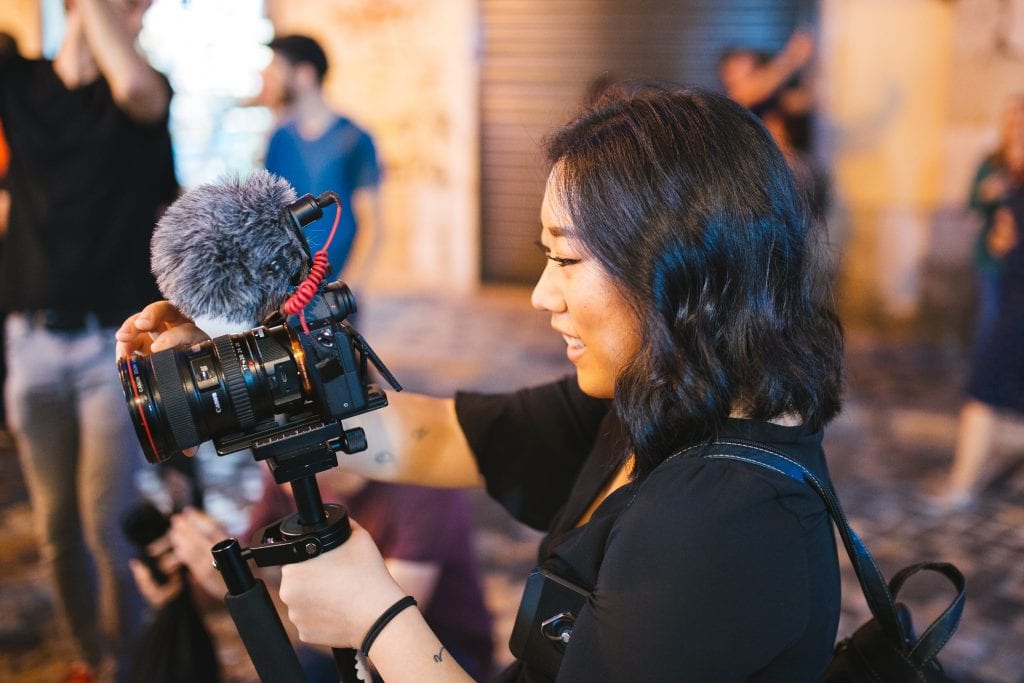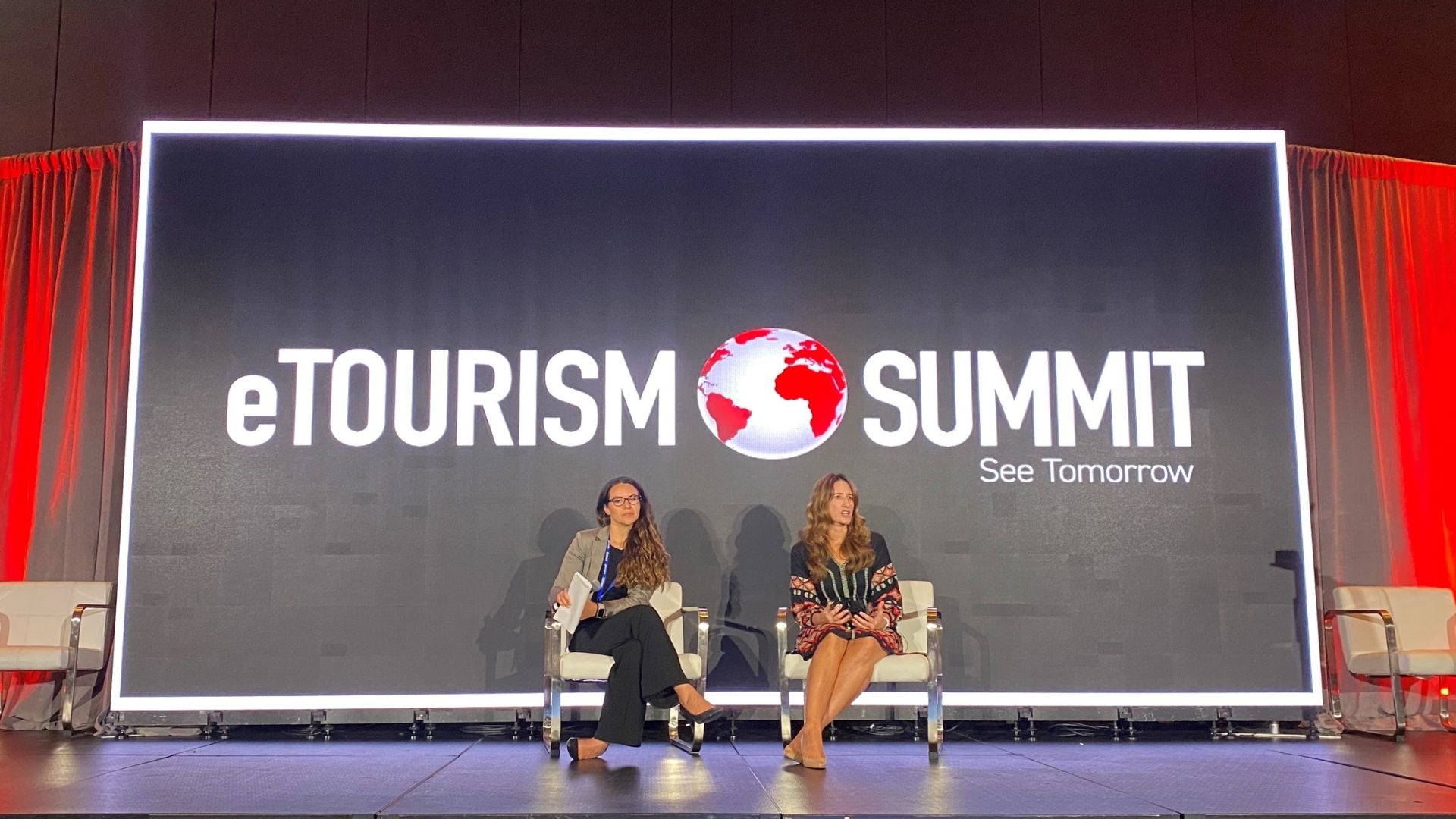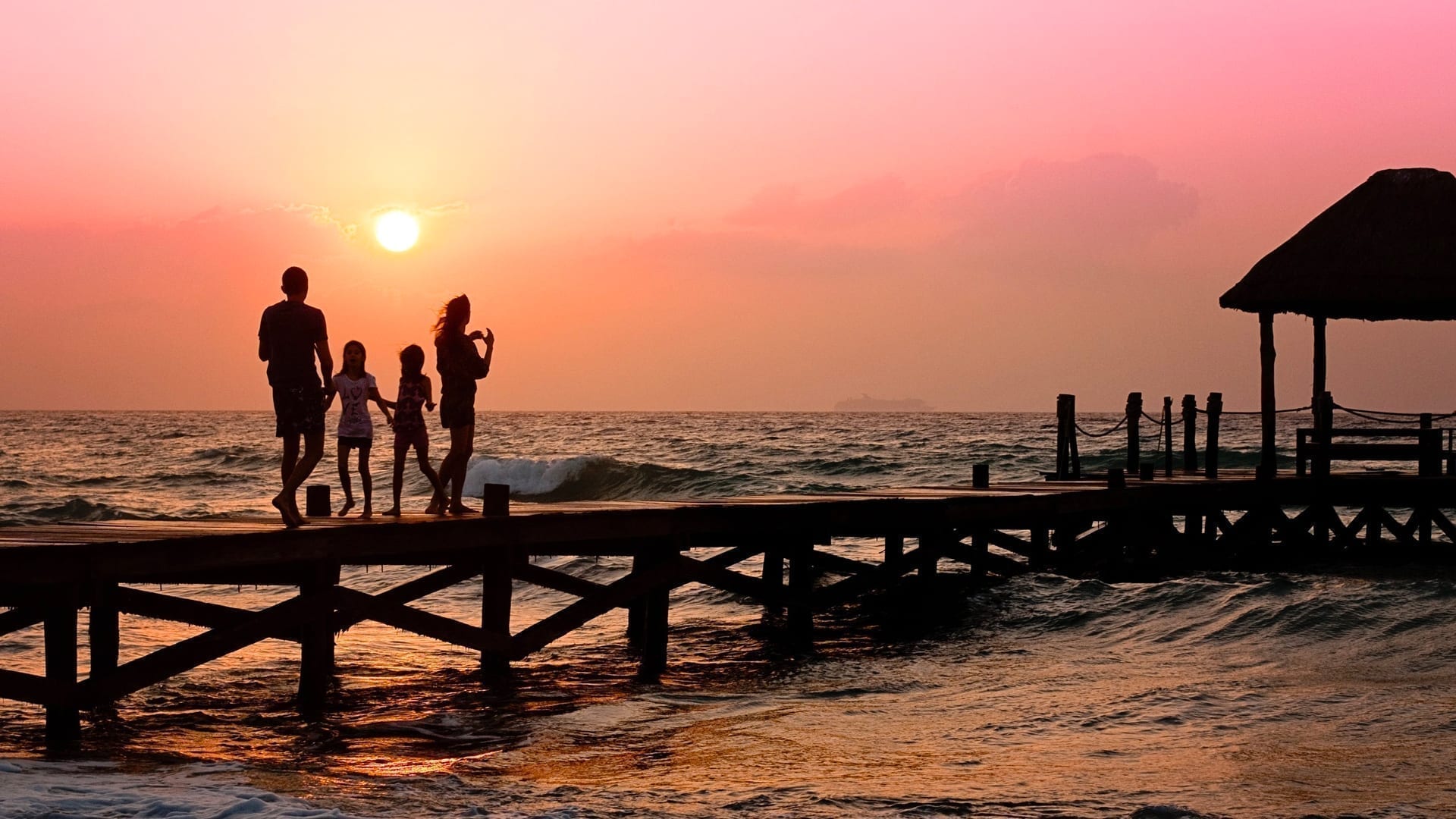With newsroom resources being cut, and reporters stretched thinner than ever before, imagine how challenging it is for them to try to find a few days from their schedules to fully immerse themselves in your destination/hotel/resort/cruise/brand. Even availability to attend a launch event is tough to come by nowadays.
Given the evolving landscape of travel journalism, and the disruption influencers and the larger digital era has caused, media outlets are shifting from traditional in-house journalists and turning more to freelancers and regional influencers to write stories to fill up their travel sections. Earlier this year, USA Today drastically trimmed its travel editorial team and The New York Times reported a “reboot” of their travel section late last year. Add to this the rise of new online-only travel outlets and blogs with more engaged readers than traditional travel publications. And lastly, travel influencers, a space in which many travel brands activate while also acknowledging a need for standardization of guidelines, especially in the age of hosted trips and trade-outs.
As I prepared to lead a panel at City Nation Place Americas, a conference kicking-off tomorrow in Anaheim, CA that gathers top officials from Destination Marketing Organizations (DMOs) around the world, I spoke to several communications experts at DMOs, as well as seasoned travel journalists, to explore and better understand which areas to dive deeper into. Despite having brought together individuals who operate on opposite ends of the spectrum (public relations pros and media), each side was very eager to hear from each other on how place marketers can best work with media in an era of shrinking newsrooms.
The journalists shared that given the tight resources, they are expected to churn out many more stories than usual with much quicker turns than before. Communicators can best support that by ensuring relevancy in their pitches and supplemental assets are at the ready. We also discussed how this digital disruption is causing stories to be evaluated on completely new metrics than they once were—likes, shares and overall engagement. Travel writers, in today’s age, are having to balance the essence of a story with what makes for a clickable headline.
Communications specialists at DMOs also brought up what is a reoccurring theme in nearly all discussions on the topic—how influencers are shaking up travel journalism—and they felt that there is a role for both influencers and media along the traveler’s path to purchase. Travel journalists and travel influencers can coexist, each playing a very different role: inspiration and consideration.
With communications jobs exceeding those of journalists (there are 6.4 public relations professionals for every reporter according to Bloomberg) imagine what a reporters inbox looks like? The biggest takeaway for them all was that relationships very much matter in this new era of travel journalism, especially in such digital heavy times. Knowing the media outlets and writers well, initiating small talk, remembering birthdays, getting to know their writing style and the types of content their readers engage with most makes a huge difference in how successful the activation and roll-out of your place narrative media outreach strategy will be.
For those of you in West Hollywood tomorrow, I look forward to an engaging panel discussion. If you’re not, reach out to me as I’d love to connect with you on how Ketchum can help you tell your place story effectively while shifting perceptions of your destination.



